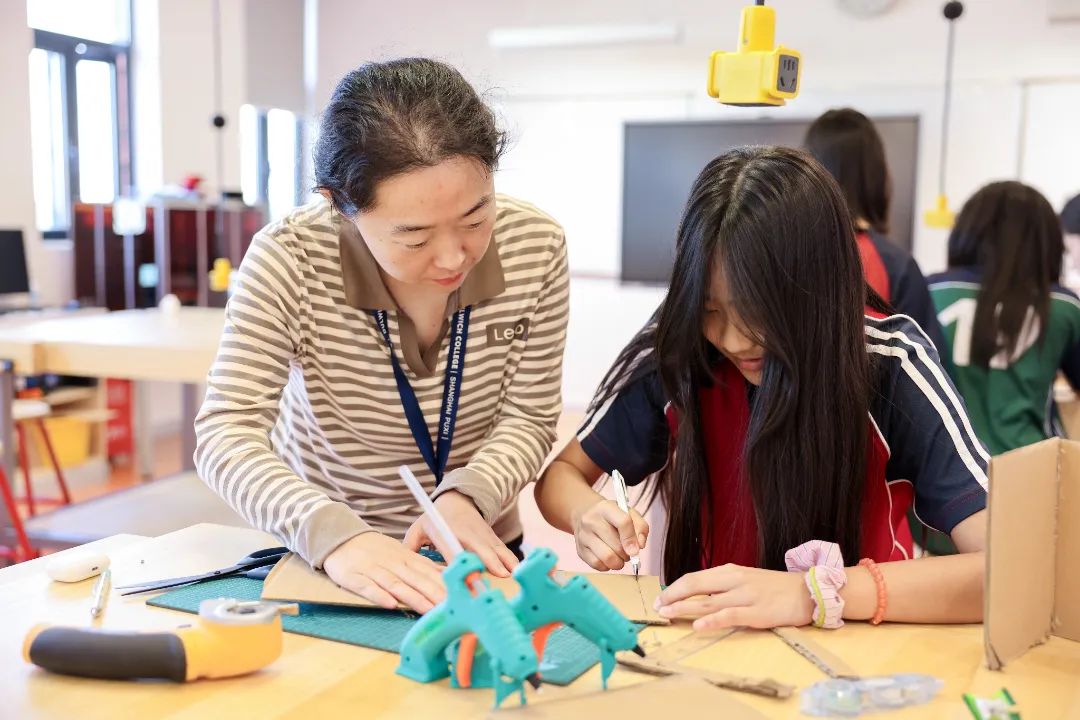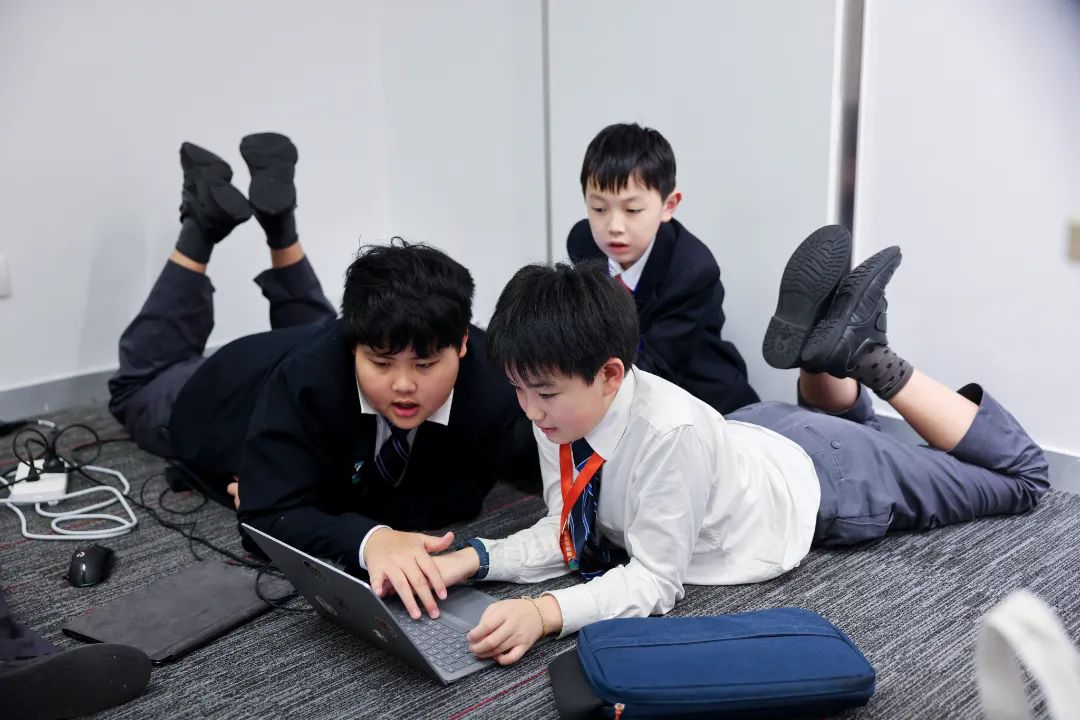Planet Hack 2025: Reimagining Our Cities
At Dulwich College Shanghai Puxi, we pride ourselves on providing students with opportunities to think big, take on global challenges, and make a difference. Recently, Senior school students had the enviable experience of being city hackers and planet changers as they took part in the third annual PLANET HACK hackathon. A collaboration event between EiM and the Australian National University (ANU), Planet Hack is a challenging event the puts students' problem-solving minds to the test.
Follow Amelia King, our Director of Educational Technology and Innovation, for highlights of the event.
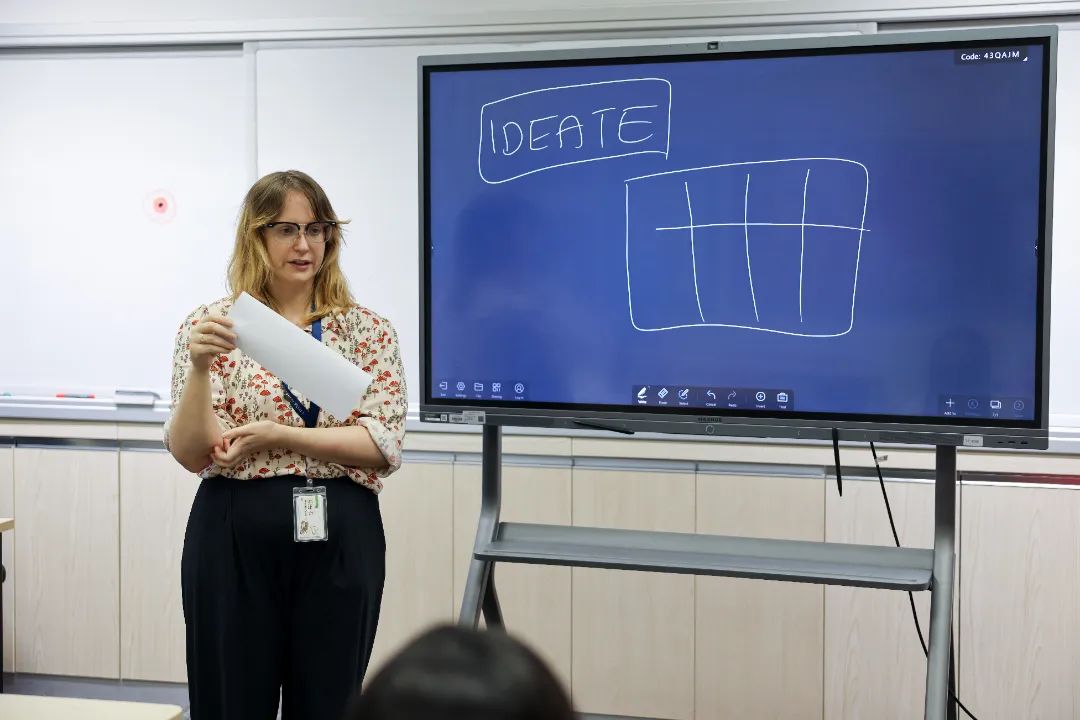
Amelia King
Director of Educational Technology and Innovation
The event began with the mystery challenge being revealed to our student hackers: to retrofit an existing neighbourhood with biophilic principles whilst keeping traditional architectural elements alive. Unsure about what 'biophilic' means? Neither were our students! Hence, the first mission. Students needed to research what biophilic actually meant and discover real-life examples of it in practice. Through the process, they came to understand that biophilic architecture is all about giving people the chance to experience and interact with nature in hands-on ways. They were also able to take part in just-in-time workshops with teachers and experts both from across the EiM network and from ANU itself.
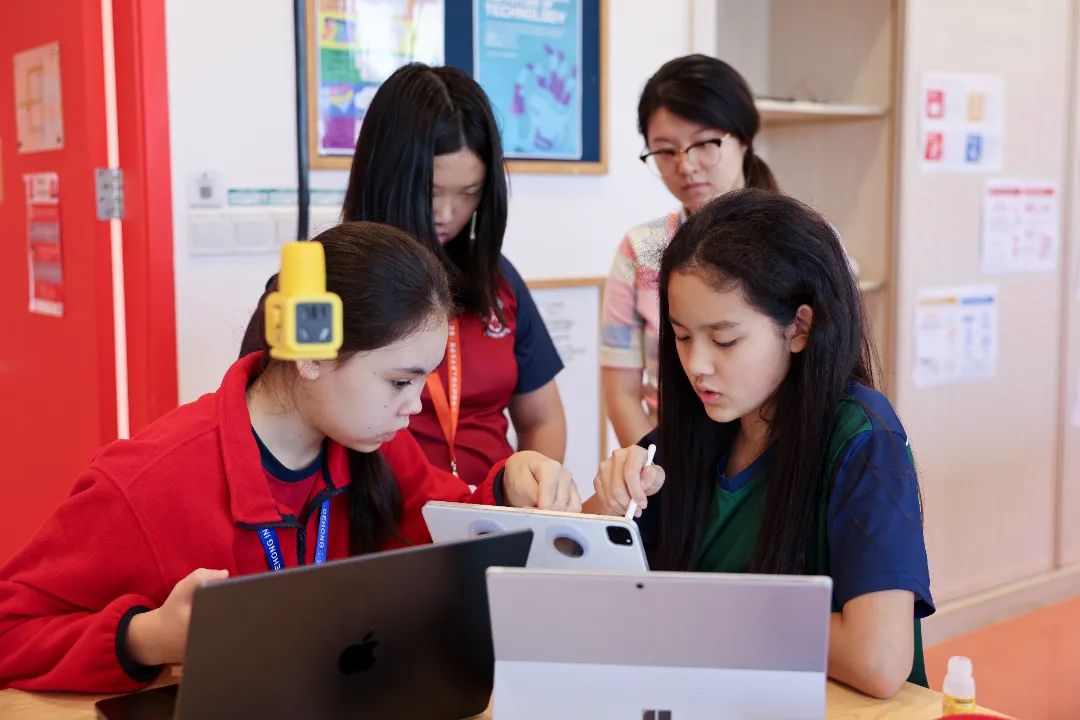
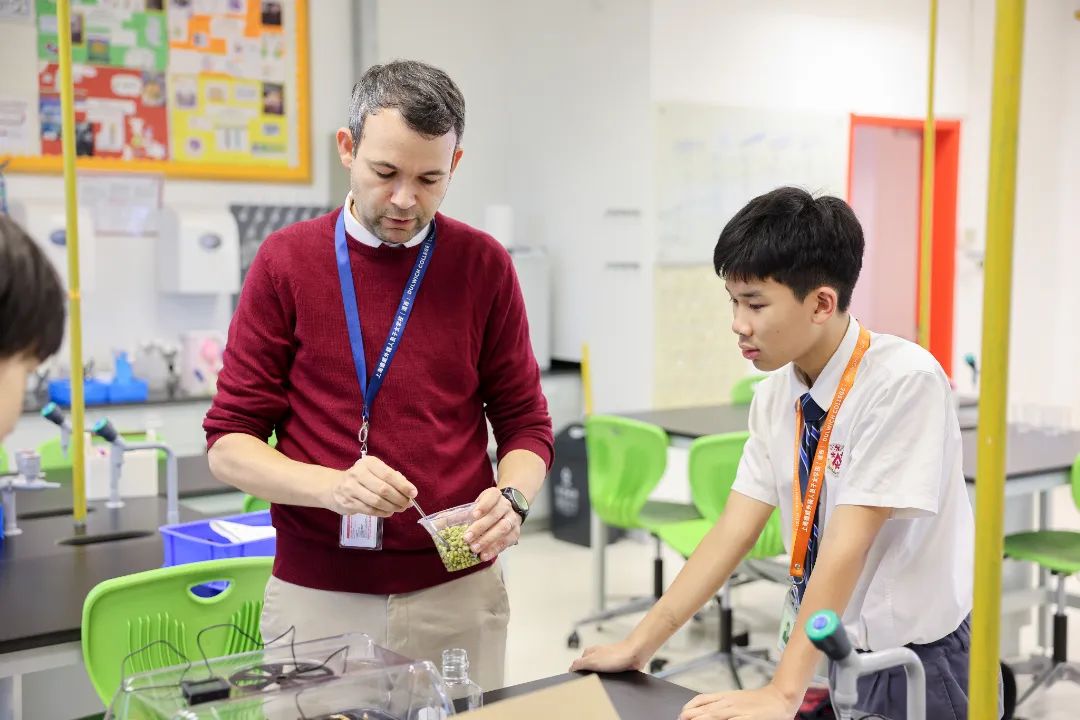
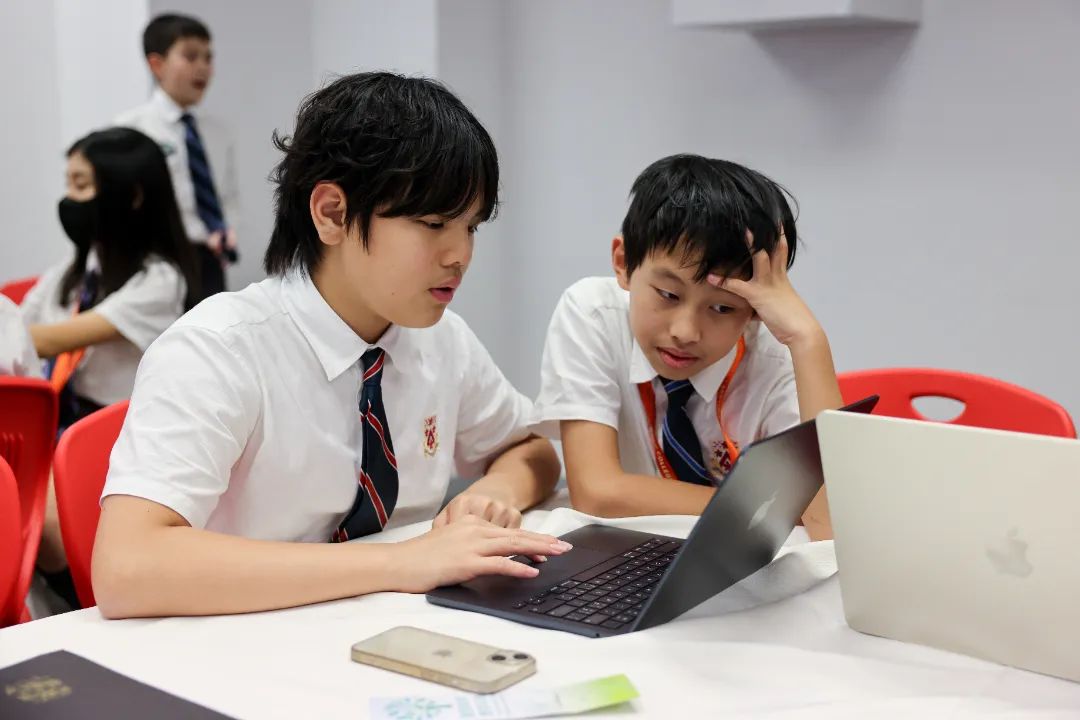
From there, the hackathon really got under way. Armed with their newfound knowledge, students researched existing neighbourhoods from Japan, to China, to the USA. They had to use the design thinking process to empathise with the needs of their chosen neighbourhood before coming up with a design that would keep the traditional architecture of the area (think shikumen gates of old Shanghai, or perhaps the low-rise wooden buildings and narrow streets of Gion, Kyoto) and add new biophilic elements.
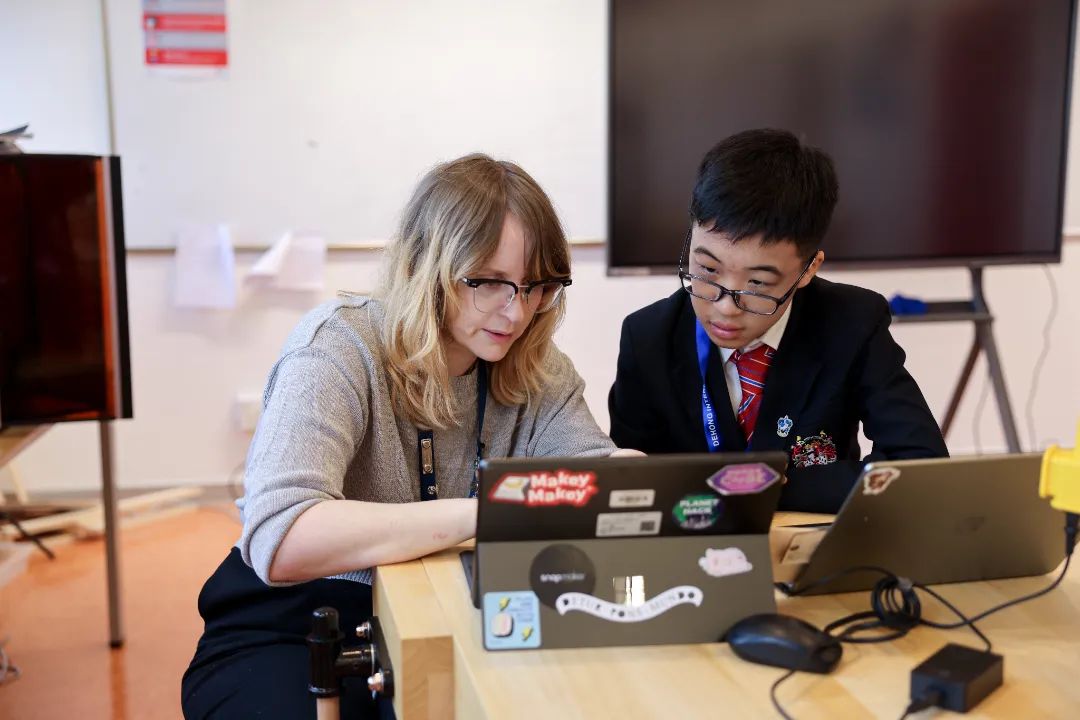
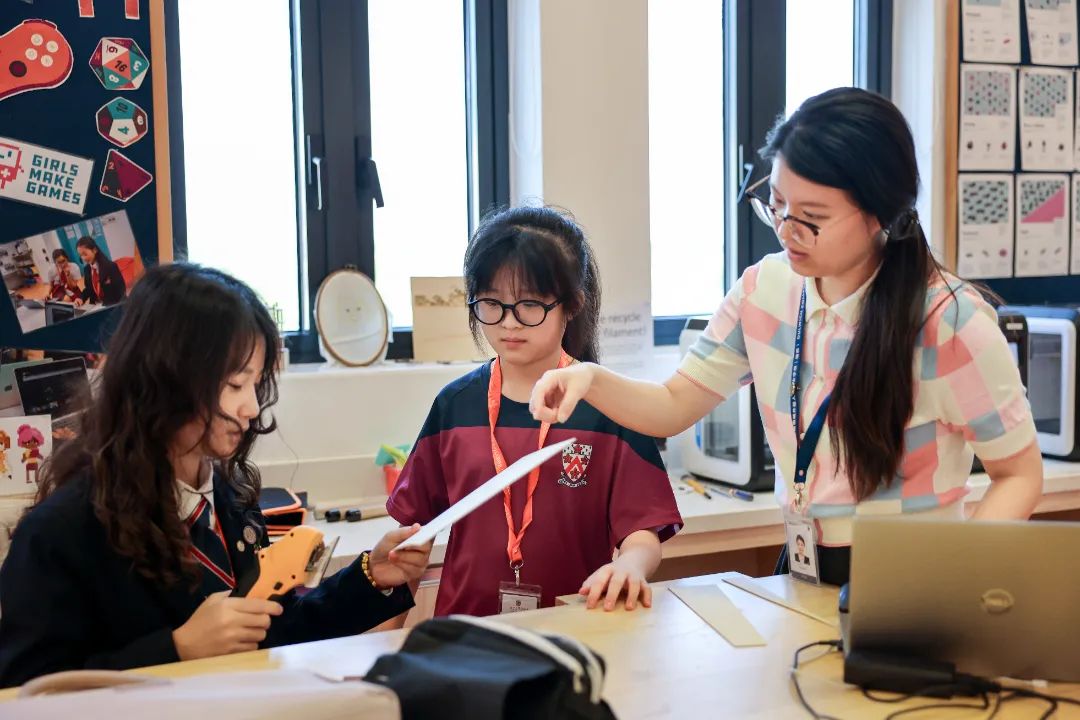
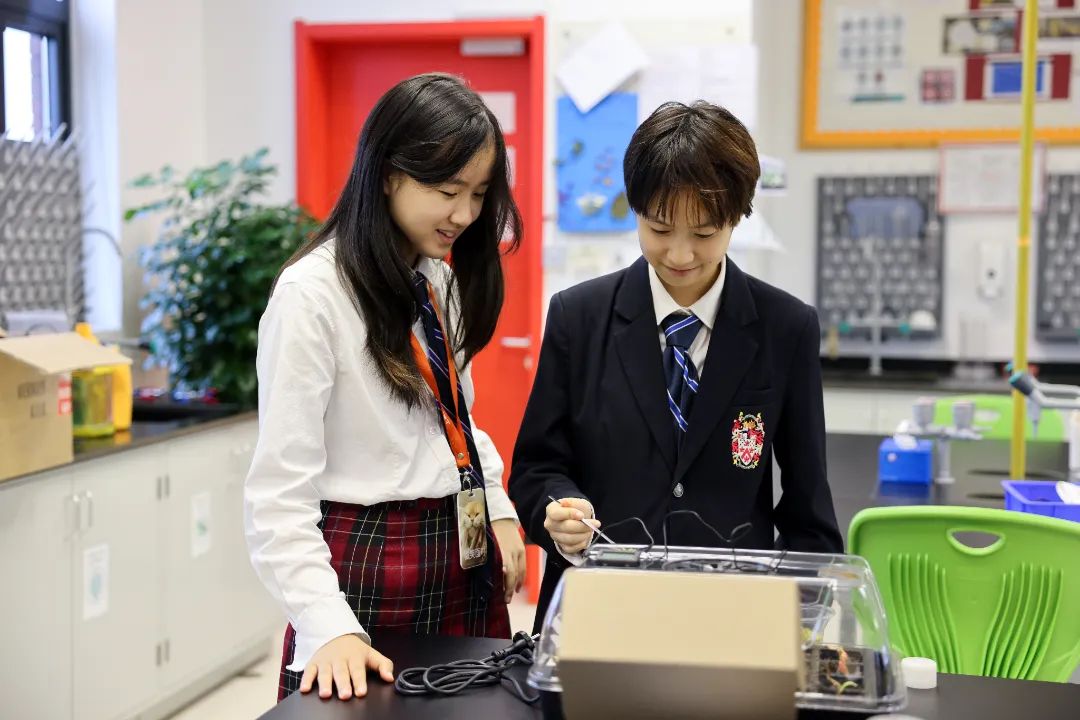
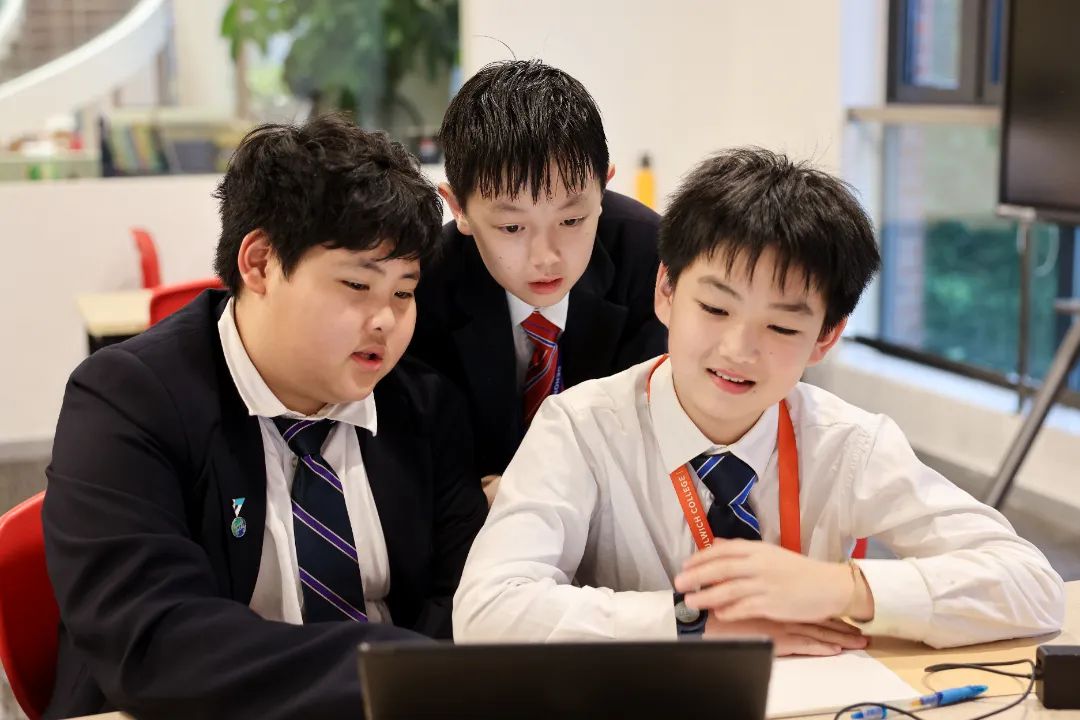
3D printing, online design, coding, AI, and laser cutting, as well as classic makerspace staples like cardboard and hot glue guns all made an appearance as students build their final designs. Submissions were being made right up until the deadline of 5pm on Saturday, with one group barely scraping by with their final video uploading at 5pm on the dot! Our winning team shared a story of how their chosen neighbourhood in Hong Kong suffered from lack of green space and very little sunlight. Their solution? Biophilic walls, a roof garden, and some traditional-style architecture on the roof that also served as a rain-catcher to enable better water of their self-sufficient garden.

